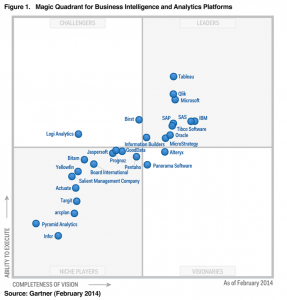
JCMR recently broadcasted a new study in its database that highlights the in-depth market analysis with future prospects of Corporate Performance Management Software market. The study covers significant data which makes the research document a handy resource for managers, industry executives and other key people get ready-to-access and self analyzed study along with graphs and tables to help understand market trends, drivers and market challenges. Some of the key players mentioned in this research are Oracle, SAP, IBM, Anaplan, Infor, Workday, Planful, Unit4, Epicor Software, Wolters Kluwer, BOARD International, Prophix, OneStream Software, Insightsoftware, Vena Solutions, Solver, Kepion, Workiva, LucaNet, Jedox, Ideagen, Calumo, Centage
COVID-19 Impact on Global Corporate Performance Management Software Market
COVID-19 is an infectious disease caused by the most recently discovered novel corona virus. Largely unknown before the outbreak began in Wuhan (China) in December 2019, COVID-19 has moved from a regional crisis to a global pandemic in just a matter of a few weeks.
In addition, production and supply chain delays were also witnessed during the second quarter which poised a challenge to the Corporate Performance Management Software market, since end-user industries were still not operating at their full capacity.
What are the market’s problems in Corporate Performance Management Software?
Changing regulatory landscapes, operational barriers, and the emergence of alternative technologies are all impacting the Corporate Performance Management Software industry.
What are the various types of segments covered in the Corporate Performance Management Software Market?
Segment by Type
Cloud Based
On-premises
Segment by Application
Large Enterprises
SMEs
Who are the top key players in the Corporate Performance Management Software market?
Oracle, SAP, IBM, Anaplan, Infor, Workday, Planful, Unit4, Epicor Software, Wolters Kluwer, BOARD International, Prophix, OneStream Software, Insightsoftware, Vena Solutions, Solver, Kepion, Workiva, LucaNet, Jedox, Ideagen, Calumo, Centage
Which region is the most profitable for the Corporate Performance Management Software market?
The emerging economies in the Asia Pacific region will be the lucrative markets for Corporate Performance Management Software products. .
What is the current size of the Corporate Performance Management Software market?
The current market size of global Corporate Performance Management Software market is estimated to be USD XX in 2021.
Read more at COVID-19 Impact on Corporate Performance Management Software Market Share, Size, Trends and Growth 2022 to 2030
Subscribe us to get updates and leave your comments below





































